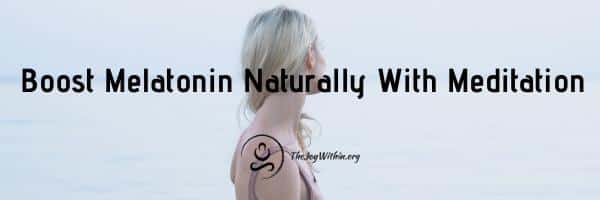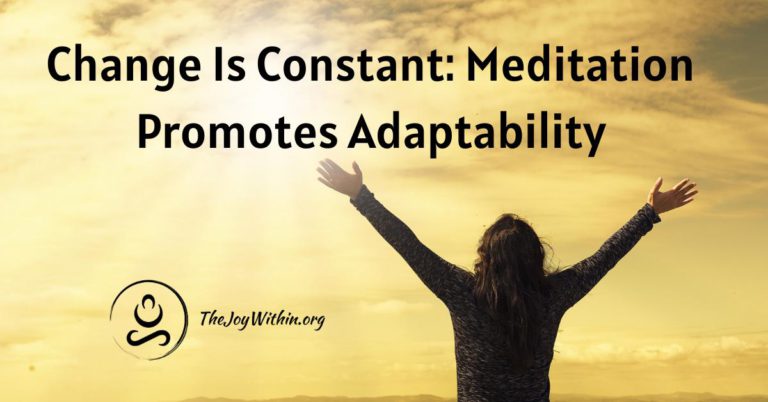When you talk to avid meditators and long term yogis, the benefits of meditation are seemingly endless. From increasing energy to slowing aging, and even lengthening telomeres and boosting telomerase, science is now beginning to study the profound impacts of meditation that experienced meditators have long since known.
Melatonin and The Circadian Rhythm
Us humans are animals and the way our body learned to function was in regard to living in the wild. Our bodies did not fine-tune their functions with the blue light of technology or processing chemicals found within factory-produced food.
One of the things our bodies adapted too to help us function is called our circadian rhythm. This is behavioral, hormonal, and physiological responses to our bodies internal clock that is mainly synced to the repetitive daily cycles such as the light and dark within our environment.
Now, our environments as humans have drastically taken on a new shape with different factors for our body to consider in its regulation. A study proved that exposing ourselves to electrical light in the late evening significantly decreases the dosage of melatonin the body produces.
Not only does disrupting ones melatonin production possibly cause insomnia and sleep problems but it also can also affect thermoregulation, blood pressure, and glucose homeostasis.
Melatonin supplements are often prescribed to treat insomnia and help people adjust their daily sleep-wake cycles. Click here to learn more about how meditation can cure insomnia.
Melatonin is also linked to the seasonal or circannual rhythm. Higher levels of melatonin appear in the winter and fall with lower levels in the spring and summer. This correlates to the longer nights within the cold seasons.

How Melatonin Is Produced
Melatonin is produced within many tissues throughout the body although mainly from the pituitary gland. It is a hormone used by the body to regulate the sleep and wake cycles. It is produced in synchronization to the circadian rhythm.
It emits itself into the cerebrospinal fluid and bloodstream then sends out its signal to the organs within the body. From here its easily diffusible nature allows it to also cross the blood-brain barrier.
The bodies melatonin receptors receive the peak in melatonin throughout the bloodstream and adjust themselves for a night time. With a healthy circadian rhythm, the body’s peak levels are at night with at least a ten times higher dosage than during the daytime. Learn how meditation affects the neurotransmitter GABA by clicking here.
Meditation and Melatonin
The gifts of mediation have been long known and even date back to about 1500 BCE in the Vedas. Here meditation was one of the first written evidence although within Hinduism through the Guru student relationship all the teachings were taught orally. Although within most Hindu religious texts, meditation is a primary teaching. This allows us to presume this was taught within the Hindu Guru’s teachings.
This study proved that through meditation we can actually increase plasma melatonin. Within the study, the melatonin levels within the meditators were compared at the same time of day. It showed an increase in plasma melatonin after meditating while compared to a control night’s melatonin levels without meditating.
Get Started Boosting Melatonin
To begin balancing your sleep-wake cycles by beginning your meditation practice you may enjoy following this guided meditation for stilling the mind. You may also enjoy knowing how to calm your mind in the workplace and continue to reap the numerous health benefits of meditation.




